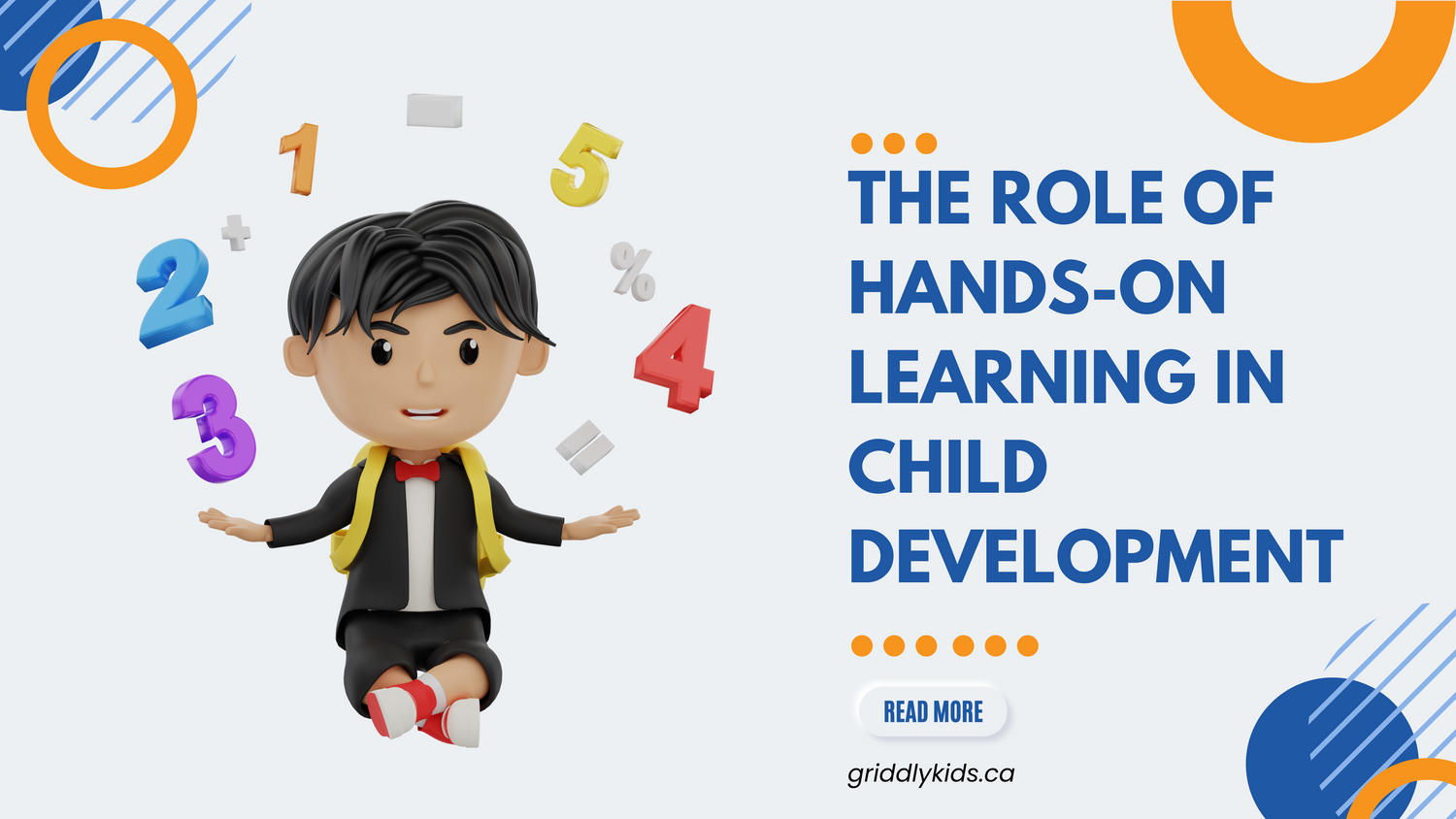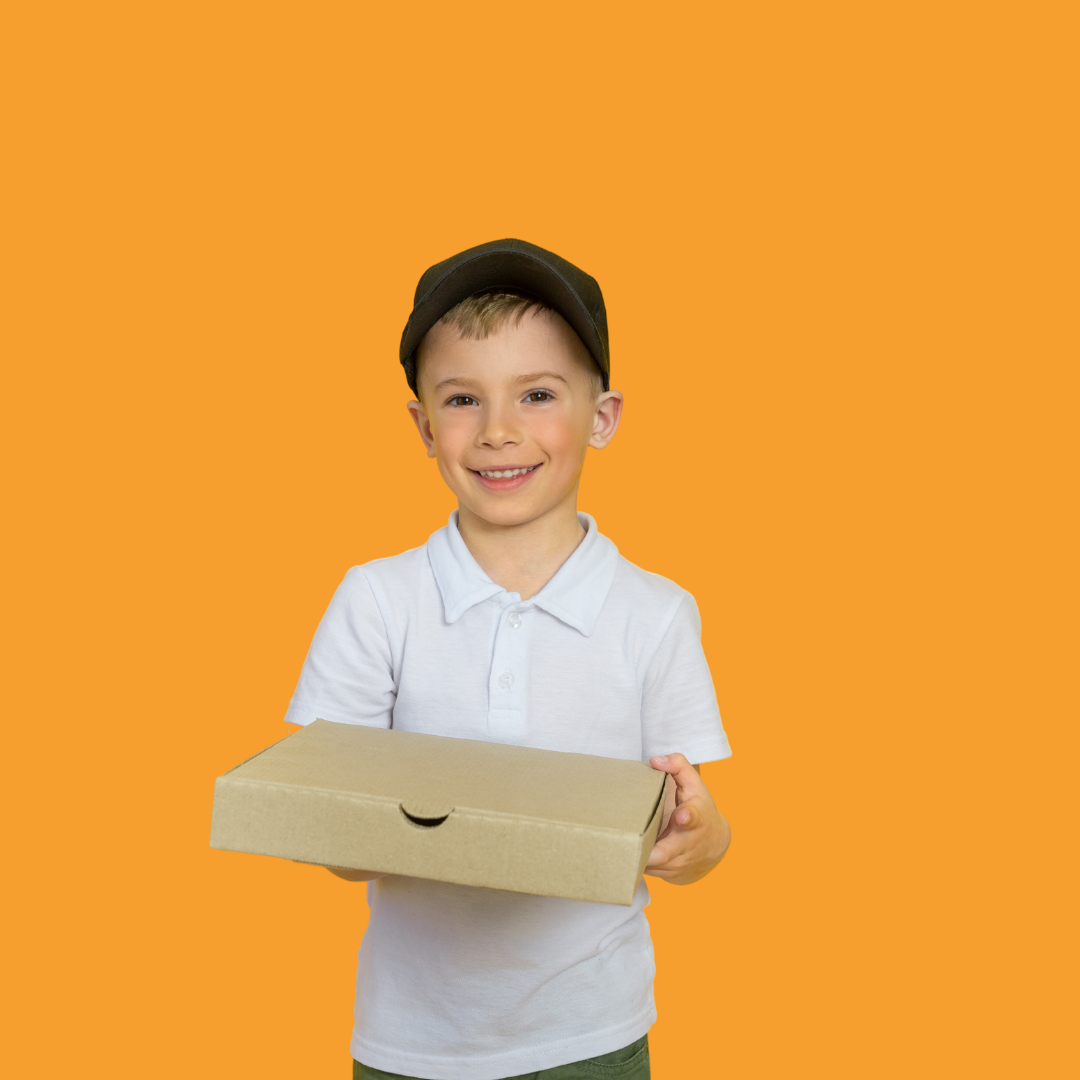The Role of Hands-On Learning in Child Development


In today’s world, where technology often dominates the classroom, hands-on learning stands out as one of the most effective methods for nurturing a child’s growth and development. It's more than just playtime—it’s a dynamic approach to education that allows children to engage their minds, bodies, and senses in the learning process. But why is hands-on learning so crucial for child development? Let’s explore the benefits and how it shapes young minds for success.
What is Hands-On Learning?
Hands-on learning, also known as experiential learning, involves learning by doing. Instead of passively absorbing information from a lecture or textbook, children actively participate in activities that require them to apply concepts, solve problems, and experiment with different solutions. Whether it’s building a model, conducting a science experiment, or crafting something from scratch, hands-on learning gives children the chance to engage with the material in a real and meaningful way.Cognitive Benefits of Hands-On Learning
1. Enhanced Retention and Understanding:Studies show that children who learn through hands-on activities are more likely to remember what they've learned. When kids physically engage with materials, they internalize concepts more deeply because they’re seeing and experiencing the outcome of their actions.
2. Problem-Solving and Critical Thinking:
Hands-on learning encourages kids to ask questions, make decisions, and figure out solutions on their own. Instead of following instructions step-by-step, they get to experiment, fail, and try again—important steps in developing critical thinking skills.
3. Engagement with Multiple Senses:
Hands-on learning stimulates multiple senses—touch, sight, hearing, and sometimes even smell and taste. This sensory involvement strengthens neural connections, aiding cognitive development and providing a more holistic understanding of the material.
Social and Emotional Benefits
1. Building Confidence:There’s something empowering about creating something with your own hands. Whether it’s finishing a craft project or solving a math puzzle, hands-on learning gives children a sense of accomplishment that boosts their confidence.
2. Fostering Independence:
Hands-on projects often allow children to explore at their own pace. This autonomy fosters independence as children learn to trust their instincts, make choices, and problem-solve without relying on constant guidance from adults.
3. Improving Collaboration Skills:
Many hands-on learning activities encourage group work and collaboration. Children learn how to communicate, share ideas, and work together to achieve a common goal, which are essential social skills that will benefit them throughout life.
Physical Benefits
1. Fine Motor Skills Development:
Manipulating objects, cutting paper, or assembling pieces helps improve fine motor skills in young children. These activities strengthen hand-eye coordination and dexterity, preparing kids for tasks like writing and using tools as they grow older.
2. Gross Motor Skills:
Larger projects or activities that involve physical movement help develop gross motor skills. Whether they’re building a tall structure or participating in outdoor science projects, these activities aid in balance, coordination, and physical health.
Encouraging Curiosity and Creativity
One of the most beautiful aspects of hands-on learning is that it nurtures a child's natural curiosity and creativity. It allows them to explore different materials, experiment with various outcomes, and come up with their own ideas. This type of learning taps into their innate desire to discover the world, making education a more engaging and personal journey.
Instead of giving children answers, hands-on learning encourages them to ask questions, explore possibilities, and reach conclusions on their own. This not only makes learning fun but also fosters a mindset of lifelong curiosity and exploration—an essential quality in today’s rapidly changing world.
How Hands-On Learning Prepares Kids for the Future
As we move into the future, many of the jobs our children will occupy don't even exist yet. With the rise of technology and automation, the skills that will matter most are problem-solving, adaptability, creativity, and collaboration. Hands-on learning provides the perfect foundation for developing these skills. By engaging in real-world, practical activities, children are not just absorbing information—they're learning how to think, adapt, and innovate, which are crucial for success in any future career.
How Griddly Kids Helps Children Learn Through Hands-On Experiences
At Griddly Kids, we believe in the transformative power of hands-on learning. Our educational kits and games are designed to foster creativity, critical thinking, and a love of exploration. We blend science, technology, engineering, arts, and mathematics (STEAM) into engaging, interactive experiences that children love. Here's how Griddly Kids supports hands-on learning:
- STEM/STEAM Kits: Our hands-on science and art kits allow children to explore scientific concepts through real-world experiments. From growing crystals to creating art using the sun, these kits give children the opportunity to experiment, create, and learn by doing.
- Educational Games: Our educational games are designed to promote problem-solving and critical thinking while keeping learning fun. These games encourage collaboration and creative thinking, helping children develop essential skills through play.
- Interactive Learning: Every product we offer is built around interactive, tactile experiences that make learning enjoyable and memorable. By encouraging kids to actively engage with the material, we help them develop the cognitive, social, and physical skills they need to thrive.
At Griddly Kids, we don't just create products—we create opportunities for kids to discover, explore, and grow. We believe that learning should be exciting and hands-on, and we are committed to providing tools that make education an adventure for every child.
Wrapping It Up
Hands-on learning is a powerful tool in child development, helping children build essential skills while nurturing their natural curiosity and creativity. As the world changes, it’s more important than ever to equip kids with the ability to think critically, solve problems, and innovate. At Griddly Kids, we're proud to support this journey by offering engaging, educational products that inspire and empower young minds.Ready to help your child discover the joys of hands-on learning? Check out our wide range of STEM/STEAM kits and educational games, and get ready to watch your child thrive!







